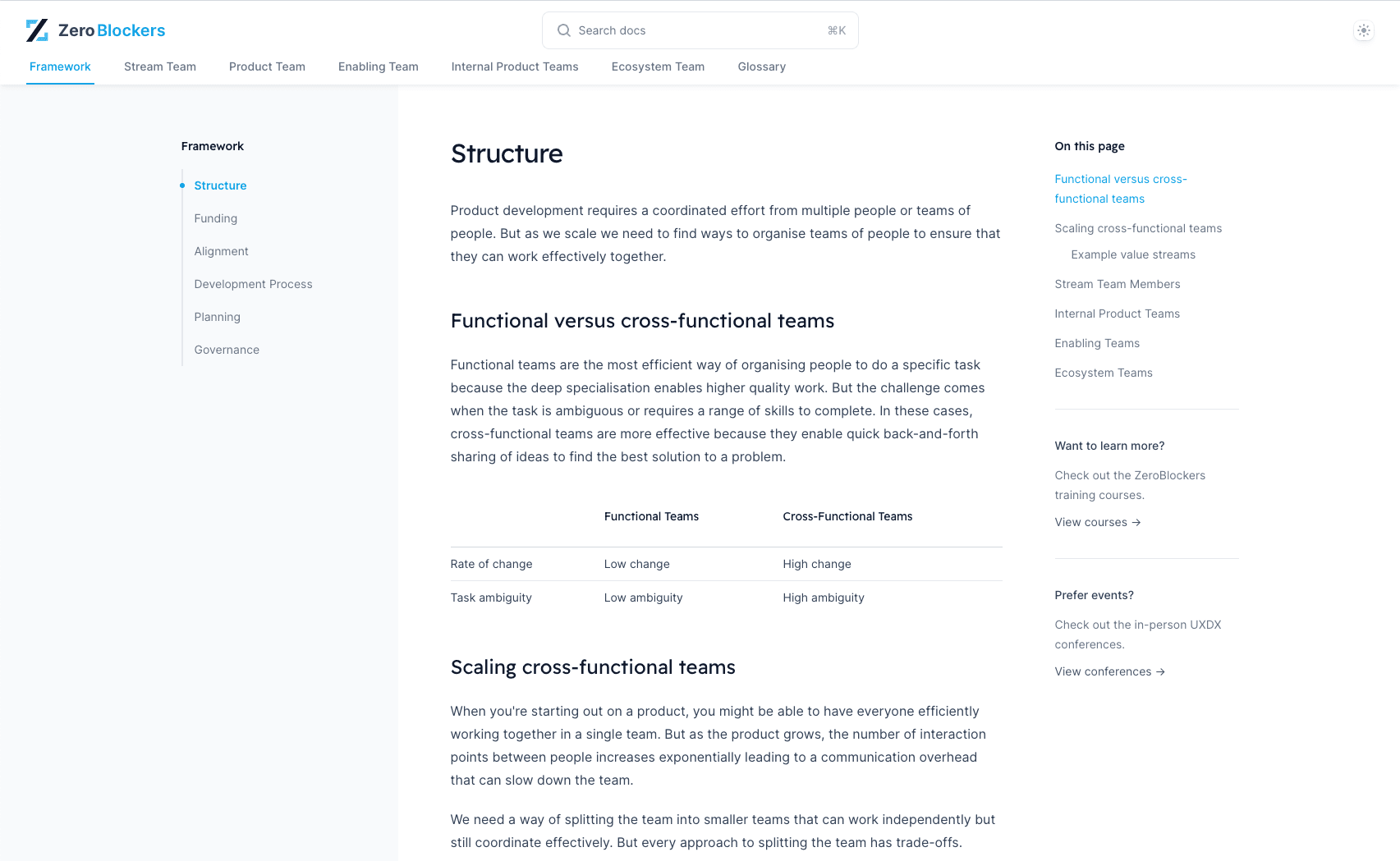Case StudyStream Team: Internal Alignment - Enhancing Development through Pair Programming at Coder Bee
Coder Bee, an inclusive network focused on empowering women and minorities in IT, aimed to improve the quality of their products and enhance team culture. Despite the potential benefits, many companies and developers were hesitant to adopt pair programming. This hesitation stemmed from a lack of understanding and acceptance of the practice. As a result, Coder Bee faced challenges in achieving high code quality, effective collaboration, and a supportive team environment.

The Solution
Sowmya Guru, Senior Android Engineer and Founder at Coder Bee, advocated for the adoption of pair programming as a solution to these challenges. The approach included the following key strategies:
- Advocacy and Education:
- Promoted the benefits of pair programming through workshops, seminars, and internal training sessions.
- Addressed common misconceptions and resistance by providing evidence of the positive impacts of pair programming on product quality and team dynamics.
- Implementation of Pair Programming:
- Introduced pair programming sessions where two developers work together on the same codebase, with one writing the code (the driver) and the other reviewing and guiding (the navigator).
- Scheduled regular pair programming sessions to ensure consistent practice and gradual acceptance among team members.
- Structured Pairing Rotations:
- Established a structured rotation system to ensure that all team members experienced pairing with different colleagues, fostering diverse collaboration and knowledge sharing.
- Monitored and adjusted pair rotations based on feedback to maintain effectiveness and team satisfaction.
- Creating a Supportive Environment:
- Fostered an inclusive and supportive environment where developers felt comfortable sharing ideas and providing constructive feedback.
- Encouraged open communication and continuous feedback to improve the pair programming experience and address any challenges.
- Measuring and Reflecting on Outcomes:
- Collected data on code quality, team productivity, and morale before and after implementing pair programming.
- Conducted regular retrospectives to reflect on the practice’s effectiveness and identify areas for improvement.
Outcomes achieved
By adopting pair programming, Coder Bee experienced significant improvements in various aspects of their development process:
- Improved Code Quality:
- Pair programming led to higher code quality, as real-time code review and collaboration minimized errors and ensured adherence to best practices.
- The immediate feedback loop helped catch bugs early and facilitated better problem-solving strategies.
- Enhanced Team Collaboration:
- The practice promoted better teamwork and collaboration, as developers learned to work together more effectively and understand different perspectives.
- Pair rotations increased knowledge sharing and cross-functional skills among team members.
- Boosted Team Morale:
- The inclusive and collaborative nature of pair programming improved team morale, making developers feel more supported and valued.
- Regular pairing sessions fostered stronger interpersonal relationships and a sense of camaraderie.
- Increased Productivity:
- Despite initial reservations, pair programming proved to be productive, with two developers tackling complex problems more efficiently than one.
- The practice reduced the time spent on fixing bugs and refactoring code, leading to faster delivery of high-quality products.
- Cultural Shift:
- Coder Bee experienced a positive cultural shift, with pair programming becoming an integral part of their development process.
- The successful adoption of pair programming demonstrated the company’s commitment to continuous improvement and innovative practices.
